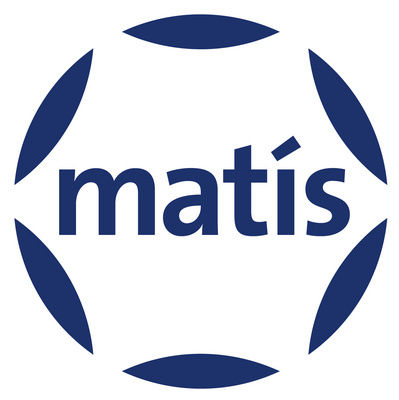Collagen Hydrolysate (CH) is becoming increasingly important to the expanding nutraceutical market because of its organoleptic profile, appealing functional properties and strong links to positive health effects.
Through this project, the market-driven product Collagen Hydrolysate will be created to facilitate responsible and sustainable management of marine resources. The product will help to valorise fish skin, an undervalued by-product of the fishing industry. The project will reduce discards using a methodology that enables the refinement of other value-adding components from the biomass.
Collagen hydrolysate, which is currently mainly sourced from pig and calf skin, is becoming increasingly important to the expanding nutraceutical market because of its organoleptic profile, appealing functional properties and strong links to positive health effects. Collagen hydrolysate with very similar characteristics can also be derived from fish skin, which serves as an excellent alternative since it is not connected to diseases or religious restrictions.
In the project, new enzymes that will function at milder conditions than are currently feasible using available commercial enzymes will be developed, allowing for the utilisation of the spent materials and preserving other bioactive ingredients for later possible mining. Modular production facilities will be built, thereby enabling similar refinements of other by-products. Fish skin will be characterised and storage and handling procedures established for optimal utilisation.
During the first months of the project, the main effort was focused on putting up processes to isolate collagen from fish skin originating from cod, salmon and red fish. Furthermore, effect of different storage of the skin on the yield and quality of the extracted collagen has been evaluated. The collagen has been hydrolysed using enzymes already on the marked and the properties of the products has been evaluated. Methods to evaluate the effectiveness of enzyme during hydrolysis has been put up to be able to select the most promising enzymes for the process.

